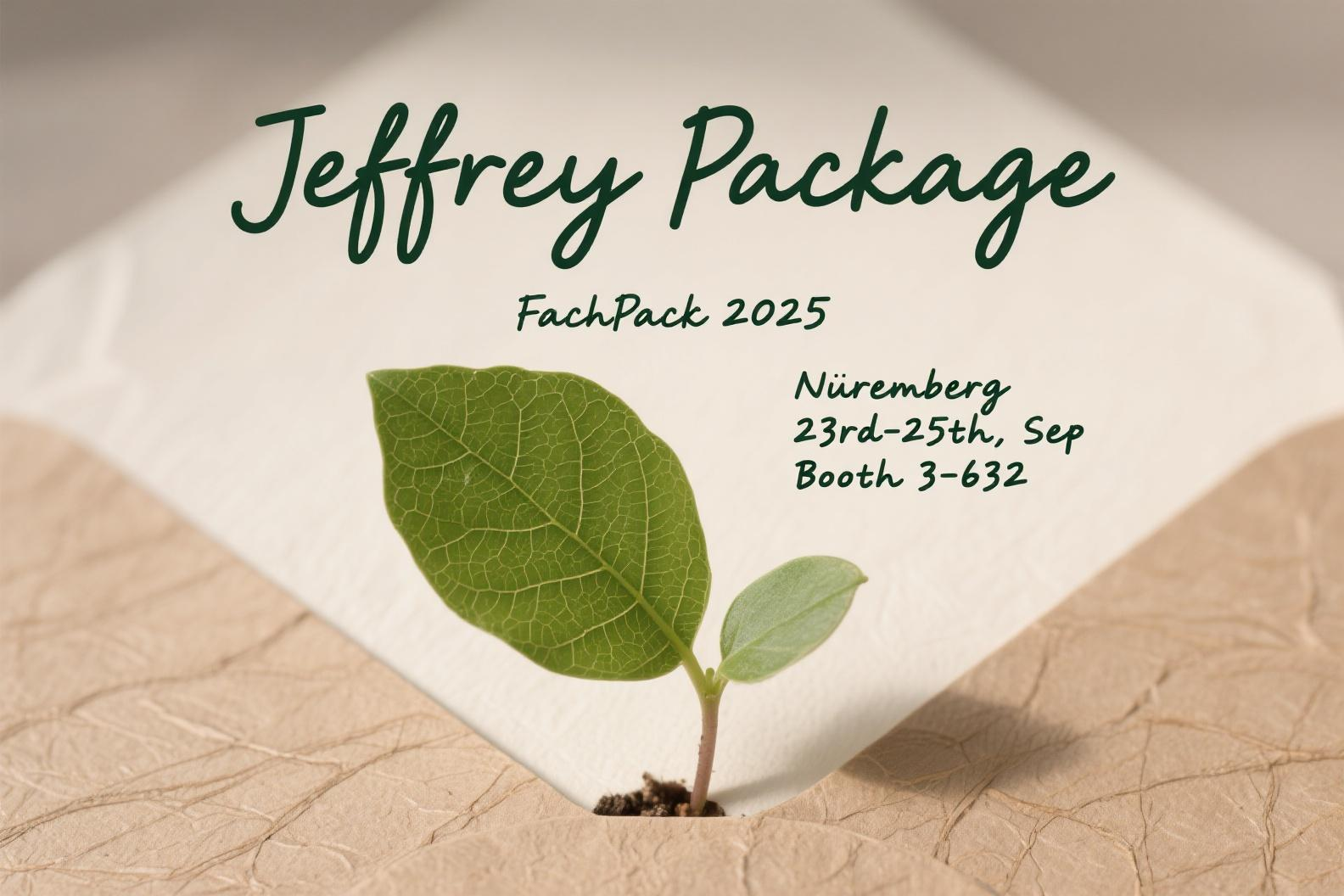The Minimalist Revolution: How Water-Based Coated Cups Redefine Coffee Culture
When “Less” Becomes the New Premium in Design and Sustainability
In an era of sensory overload, minimalist coffee packaging has emerged as a powerful antidote—clean lines, muted palettes, and radical material simplicity are no longer aesthetic choices, but strategic imperatives. By 2025, 68% of specialty coffee brands in the UK have adopted minimalist packaging, driven by consumer demand for clarity and ecological integrity. At the heart of this movement lies an unsung hero: the water-based coated paper cup. Here’s how it masters the duality of design minimalism and material purity.
1. Design Minimalism: The Art of Essentialism
1.1 Less Ink, More Impact
-
Monochromatic Storytelling: Brands like London’s Kiosk Coffee use single Pantone colors (e.g., Forest Green PMS 356) paired with uncoated paper texture, reducing ink coverage by 70% while enhancing tactile authenticity.
-
Negative Space as Narrative: Japanese brand KINTO embosses subtle steam motifs on cup sleeves—visible only when held—transforming functional elements into sensory poetry1.
1.2 Structural Intelligence
-
Sleeve-Free Insulation: Double-wall cups with air pockets replace bulky sleeves, maintaining 85°C heat retention for 40 minutes through geometry alone.
-
Collapsible Geometry: Finnish startup KupCup designs nestable cups shrinking to 30% volume, optimizing transport carbon footprint5.
“Minimalism isn’t empty space—it’s intentional space.”
— Eva Müller, Creative Director at Berlin Packaging Lab
2. Material Minimalism: The Plastic-Free Evolution
2.1 Water-Based Coatings: The Invisible Shield
-
Science Simplified: Unlike PE/PLA laminates (15-20% plastic content), water-based coatings like achieve 98.5% paper content with 3μm barriers—thinner than a human hair yet leak-proof for 4+ hours.
2.2 Beyond “Less Plastic” to “Zero Plastic”
-
Mineral Breakthrough: Starbucks’ Qwarzo-coated cups (launched 2025) use silica particles for full home-compostability, aligning with France’s SUP ban.
3. The Minimalist Advantage: Where Ethics Meet Economics
| Aspect | Traditional PE Cup | Water-Based Minimalist Cup |
|---|---|---|
| Material Cost | $0.026/unit | $0.031/unit (+19%) |
| EPR Fees | £0.012/unit | £0.004/unit (-67%) |
| Brand Lift | 12% purchase intent | 34% via “Green Aesthetic” appeal |
| Data: UK Packaging Tax Impact Report 2025 |
4. Your Path to Minimalist Mastery: 2025 Action Kit
-
Design Detox
-
Replace complex logos with abstract embossing (e.g., KINTO’s wave glyph)
-
Adopt FSC-certified kraft paper—its natural flecks are the decoration.
-
-
Material Migration
-
Certify coatings via Home Compost standards.
-
Why Minimalism Wins:
It takes 47% less energy to recycle a water-based cup than a PLA-coated one. When paired with intentional design, this synergy makes sustainability feel effortless—not sacrificial.
Ready to simplify?
→ Download our Minimalist Cup Specification Checklist: www.jfrpack.com
→ Join the #LessCupWaste challenge: Tag your minimalist redesign @jeffreypackage
Sources: RecyClass Certification Guidelines, UK Packaging Tax Reform 2025, Kaffeeform Circular Case Study.
In simplicity, we find sustainability’s truest expression.





